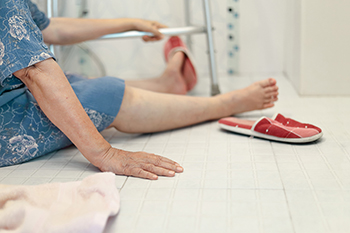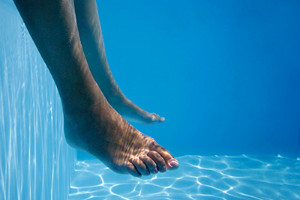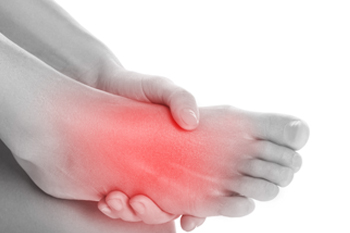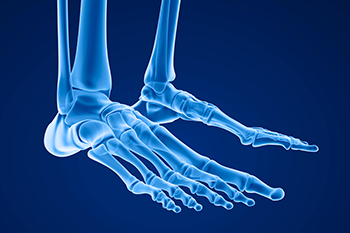
Preventing falls, especially in older adults, is essential for maintaining health and independence. As people age, factors such as muscle weakness, balance issues, and certain medical conditions can increase the likelihood of falls. Certain lifestyle changes can significantly reduce this risk. Regular exercise that focuses on strength, balance, and endurance is a key factor in preventing falls. Strengthening the core and legs improves stability, while activities like tai chi and yoga enhance balance. Further, ensuring that your home is free of hazards, like loose rugs or poor lighting, can create a safer environment. A podiatrist plays a vital role in fall prevention by assessing and addressing foot-related issues, which are often overlooked but critical for maintaining proper gait and balance. Custom orthotics, footwear recommendations, and treatment for any underlying foot problems can help reduce the risk of falls in older adults. If you have endured a foot injury from falling, it is suggested that you schedule an appointment with a podiatrist for treatment and fall prevention strategies.
Preventing falls among the elderly is very important. If you are older and have fallen or fear that you are prone to falling, consult with the podiatrists from Boston Common Podiatry. Our doctors will assess your condition and provide you with quality advice and care.
Every 11 seconds, an elderly American is being treated in an emergency room for a fall related injury. Falls are the leading cause of head and hip injuries for those 65 and older. Due to decreases in strength, balance, senses, and lack of awareness, elderly persons are very susceptible to falling. Thankfully, there are a number of things older persons can do to prevent falls.
How to Prevent Falls
Some effective methods that older persons can do to prevent falls include:
- Enrolling in strength and balance exercise program to increase balance and strength
- Periodically having your sight and hearing checked
- Discuss any medications you have with a doctor to see if it increases the risk of falling
- Clearing the house of falling hazards and installing devices like grab bars and railings
- Utilizing a walker or cane
- Wearing shoes that provide good support and cushioning
- Talking to family members about falling and increasing awareness
Falling can be a traumatic and embarrassing experience for elderly persons; this can make them less willing to leave the house, and less willing to talk to someone about their fears of falling. Doing such things, however, will increase the likelihood of tripping or losing one’s balance. Knowing the causes of falling and how to prevent them is the best way to mitigate the risk of serious injury.
If you have any questions, please feel free to contact our office located in Boston, MA . We offer the newest diagnostic and treatment technologies for all your foot care needs.









